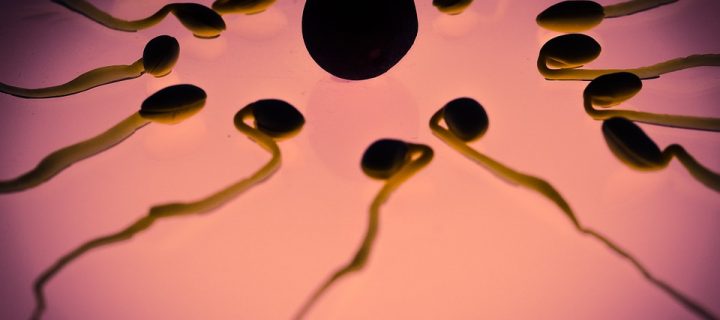They’re very, very rare and are pretty much a mild miracle of nature.
It’s been well established for some time that twins come in two packages: identical and fraternal. Identical twins look exactly, or almost exactly, alike. They spring from the same ball of wax (egg) that splits in two in the mother, developing into two seperate people who share 100% of their genes.
Fraternal twins, on the other hand, are fertilized at about the same time in the mother but by different sperm. They stem from two separate eggs. They grow alongside each other in the womb and share 50% of their genes.
In both cases, the sets of twins are born at the same time, normally just minutes apart.
But history has now taken a turn, and science has identified a third type. It’s very rare, and called ‘semi-identical’, or sesquizygous twins, scientifically. This type develops when two sperm fertilize just one egg, which has split in two.
Related: Life’s Transitions Are Easier With a Well-Rounded Ending: Study
Normally, nature prevents this from happening. When one sperm reaches the egg and fertilizes it, the egg “shuts down” and prevents any other sperm from entering. As they say, two’s company but three’s a crowd! This occurs because an egg that has three sets of chromosomes instead of the normal two, won’t survive and grow.
How rare are semi-identical twins? So far, researchers have only identified two cases of them, ever, by looking at records. One pair is from the U.S, born in 2007, and the other resides in South East Queensland, Australia, as a healthy pair of 4 year-olds.
It’s possible that semi-identical twins have occurred before, at some point in human history, but not often.
About 3% to 4% of all babies born each year in the United States are twins, a percentage that is rising.











